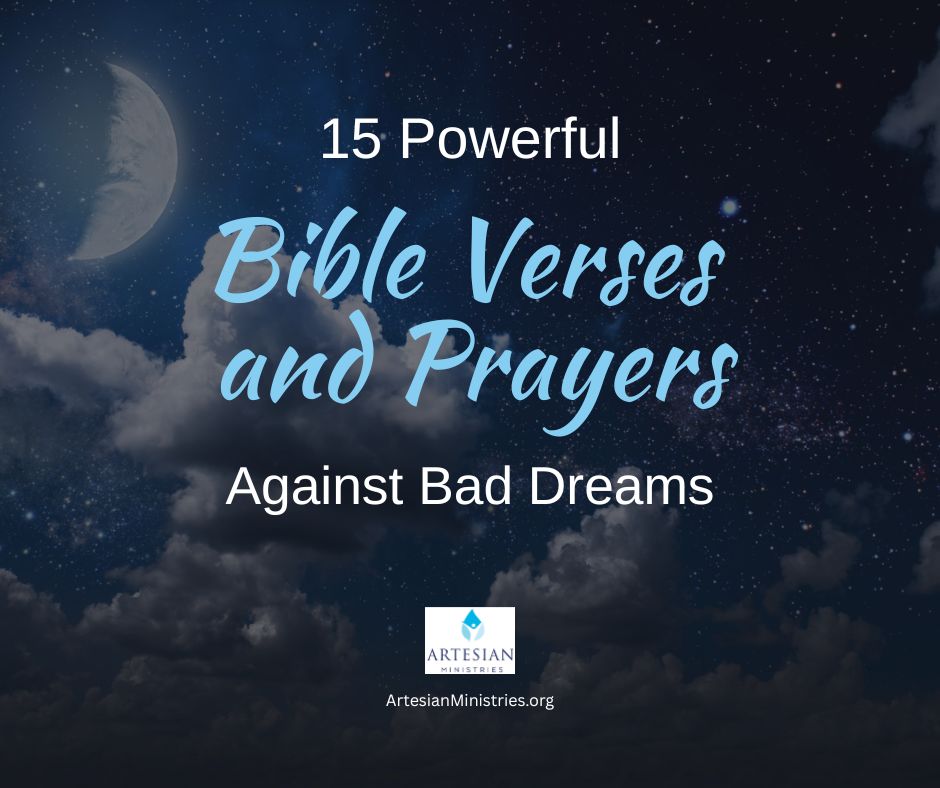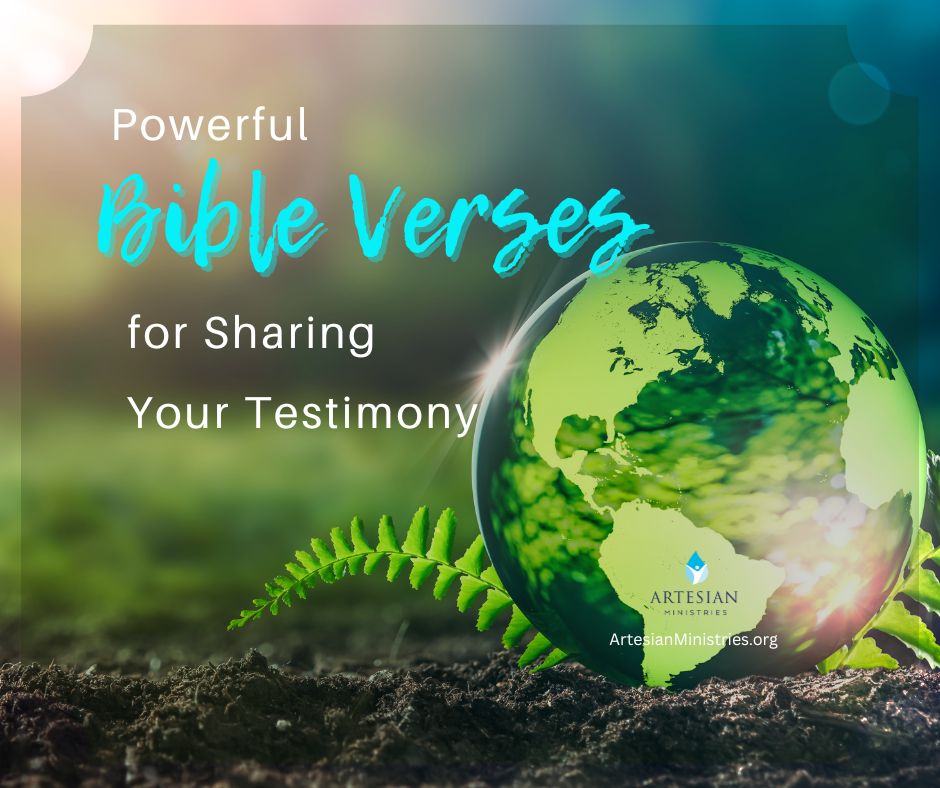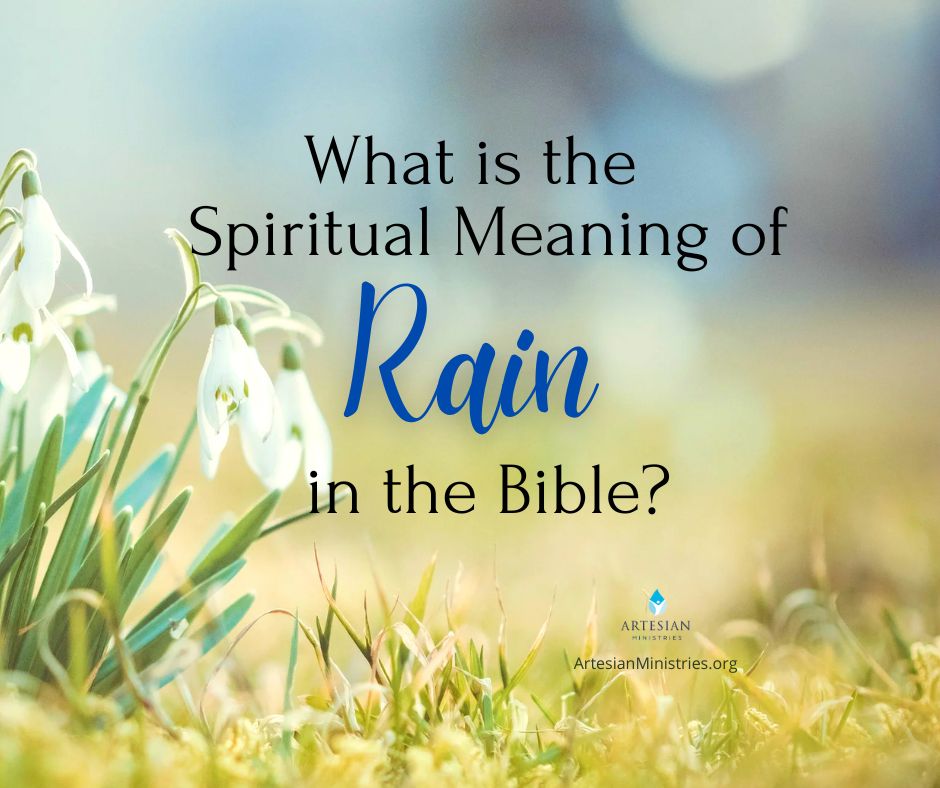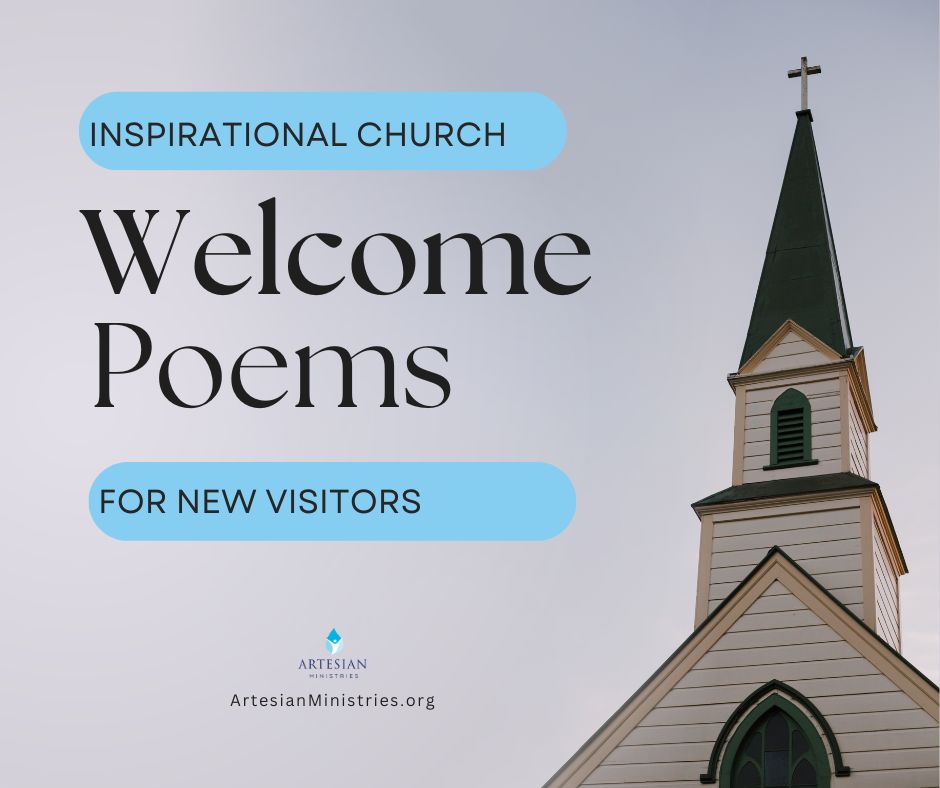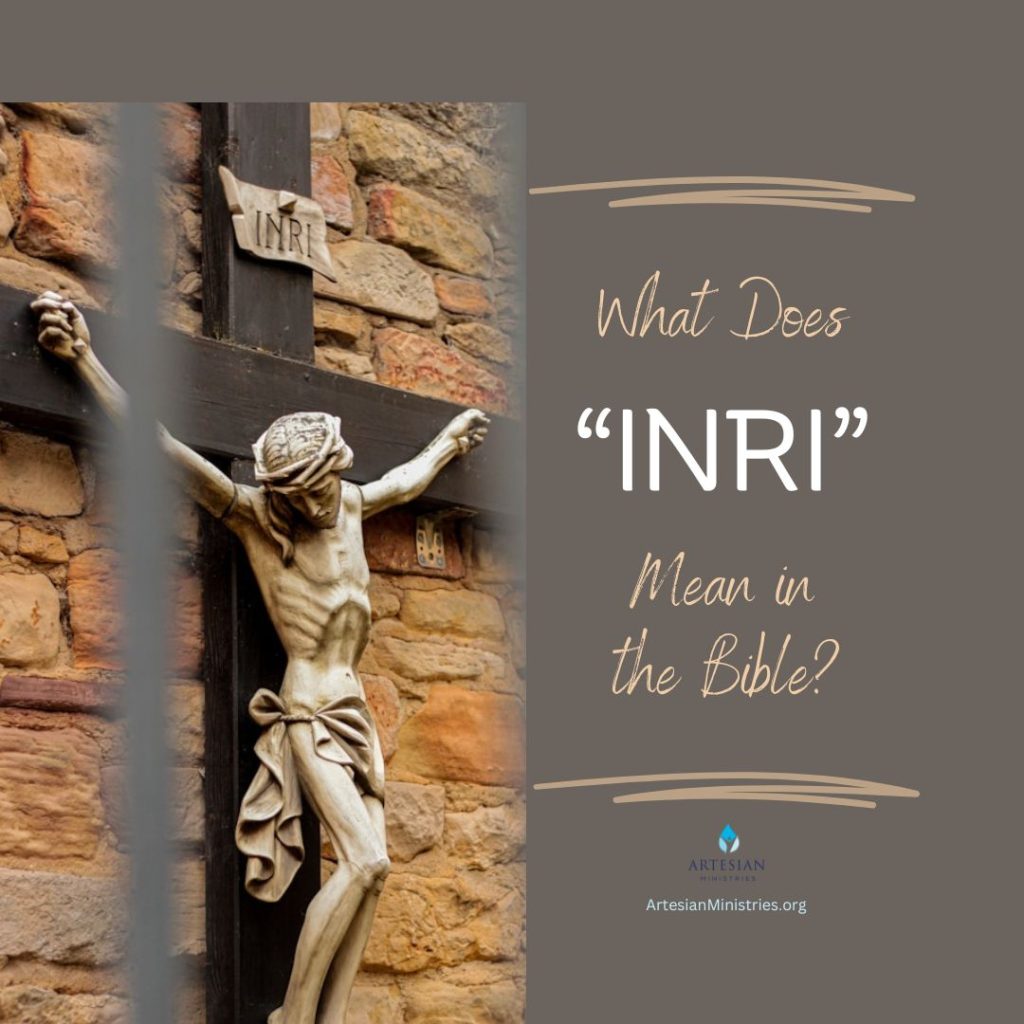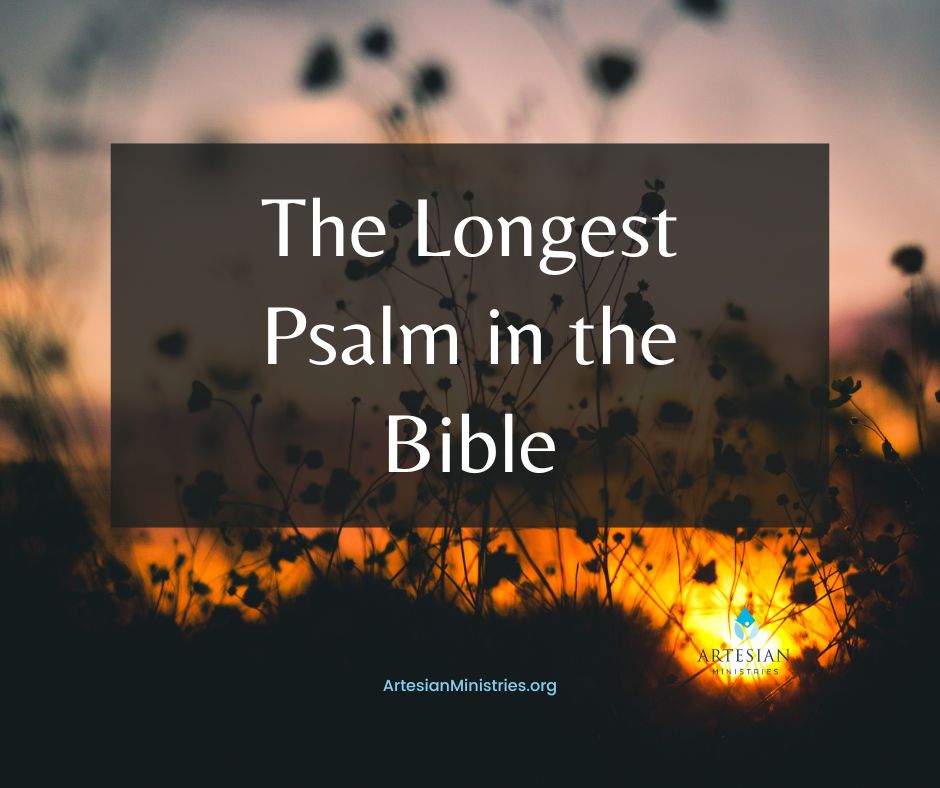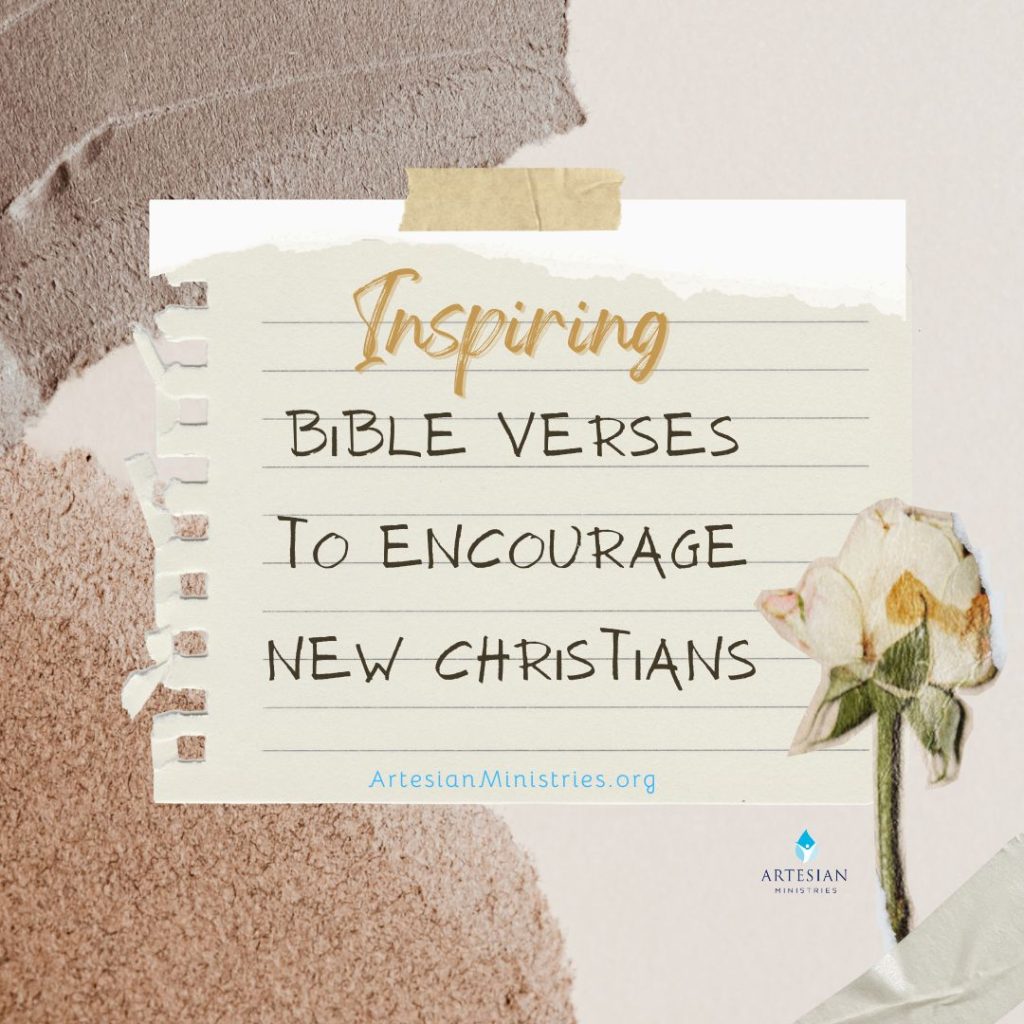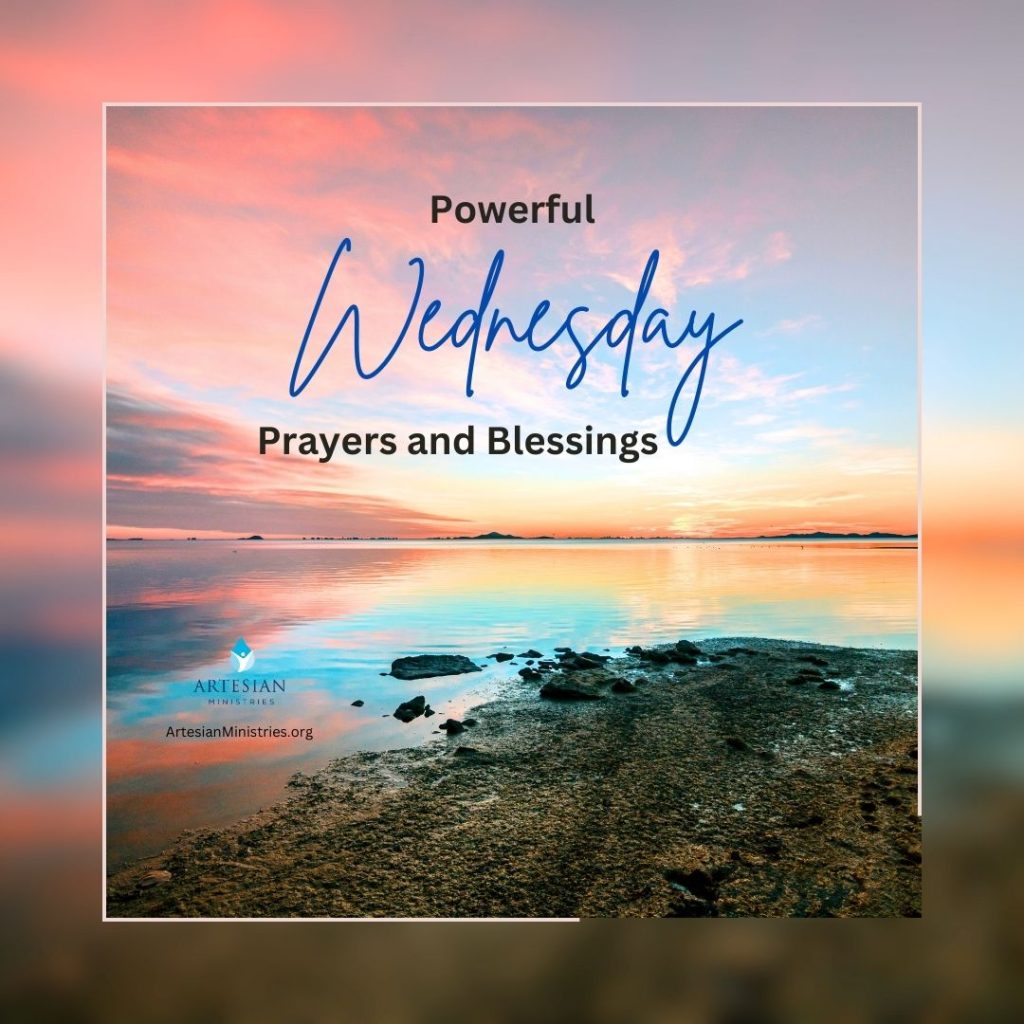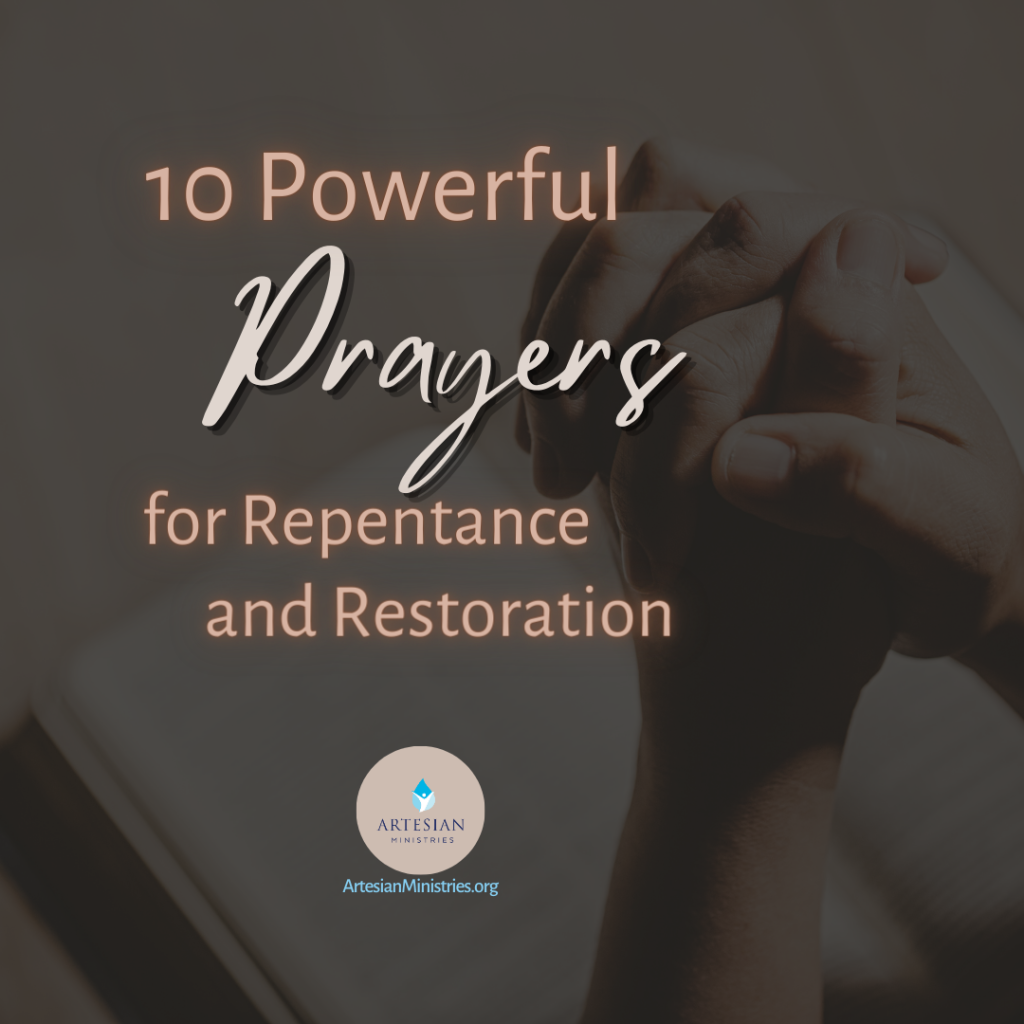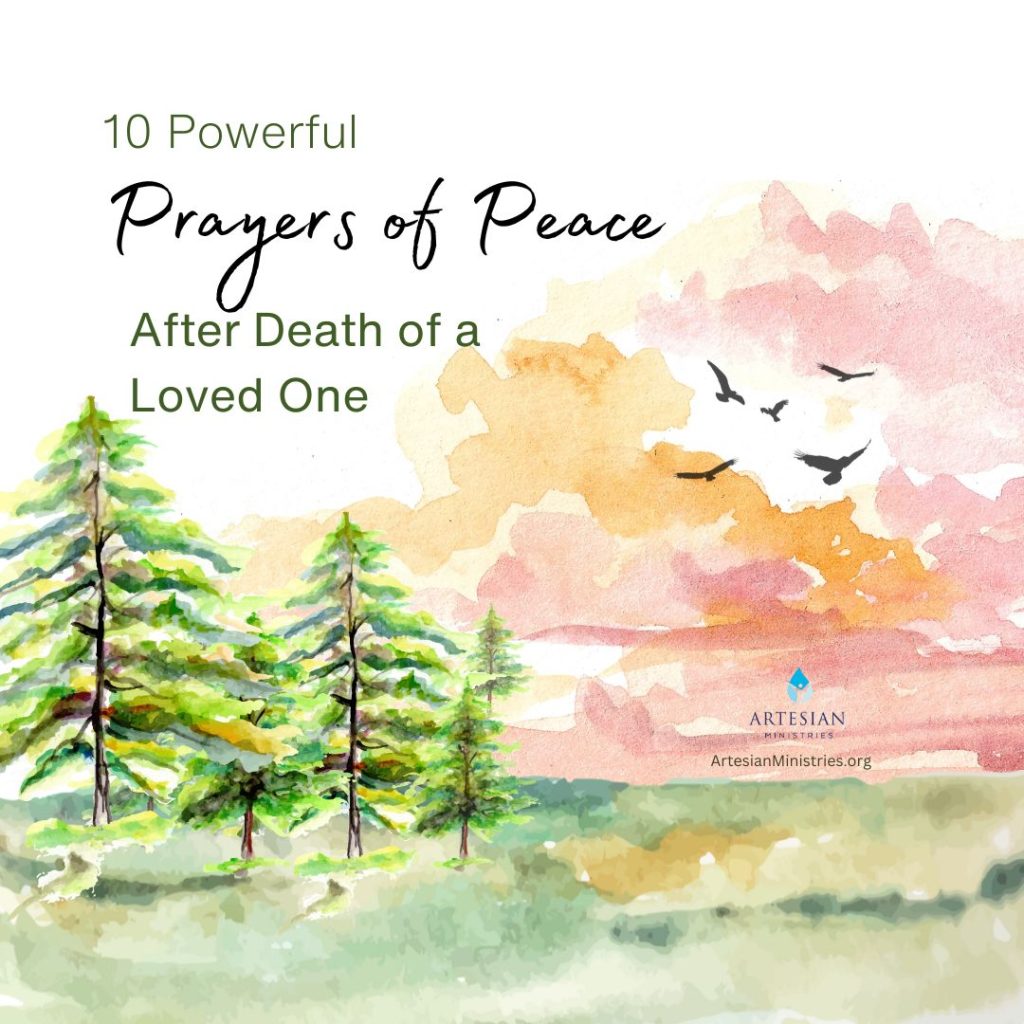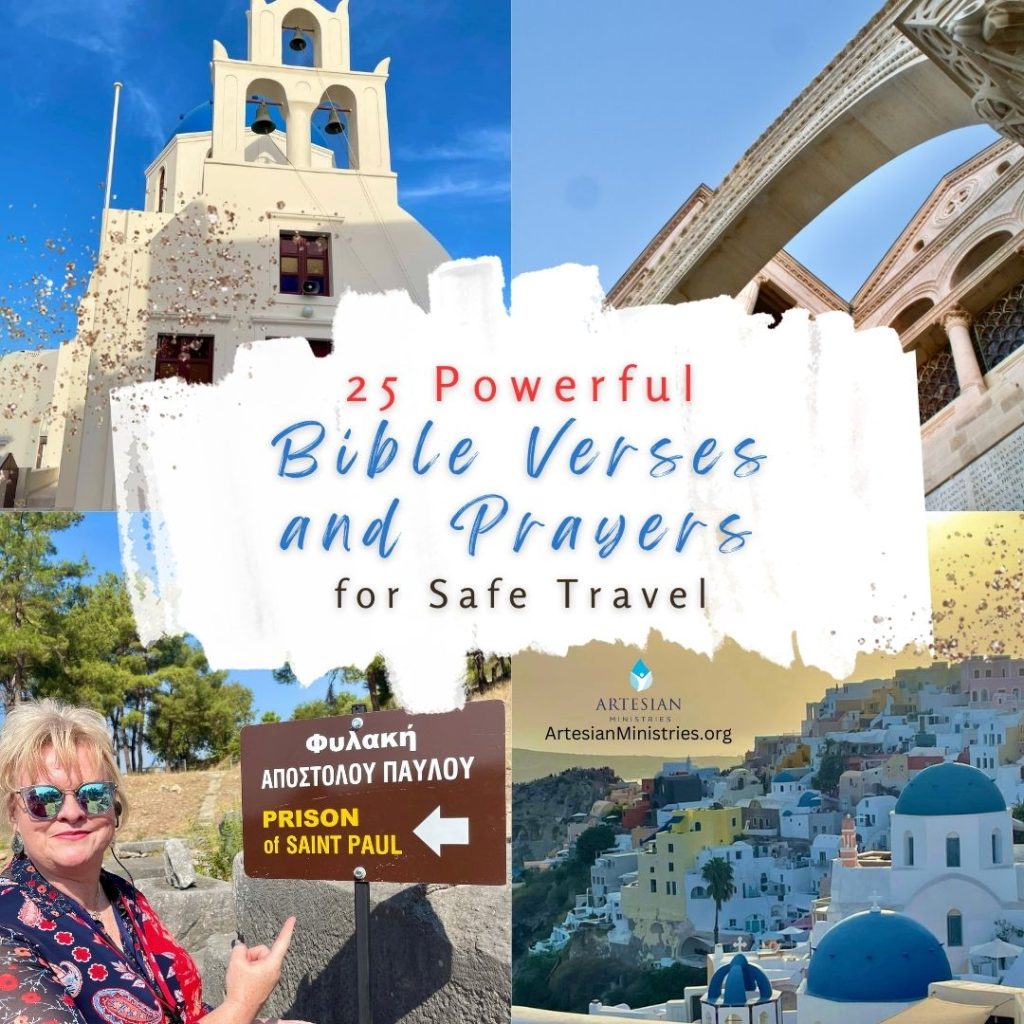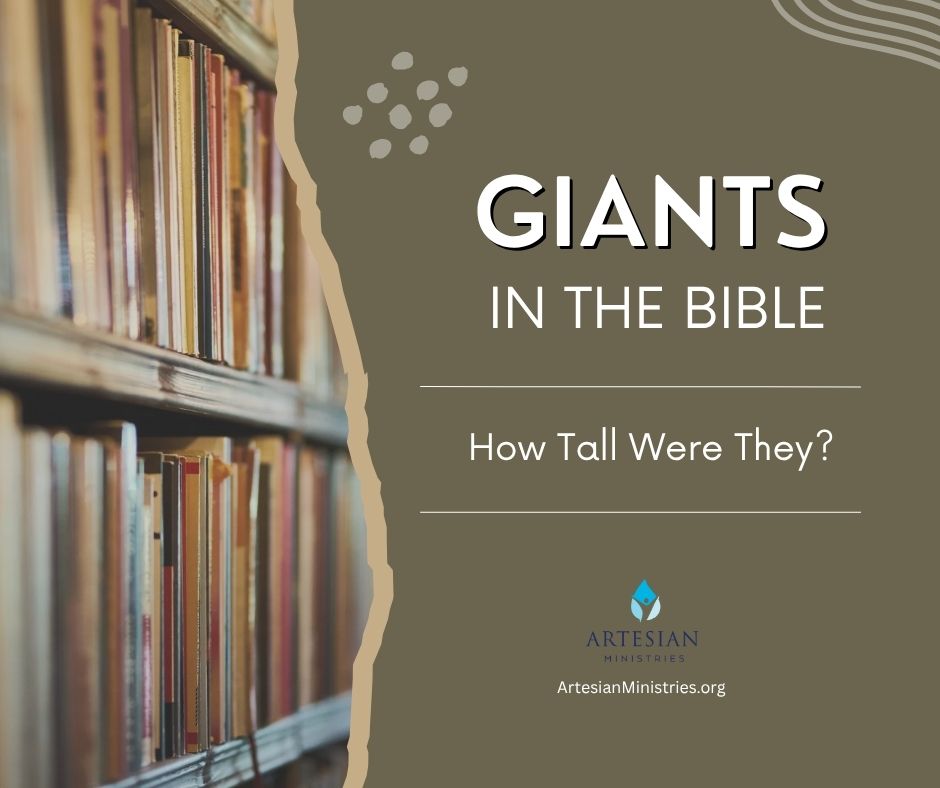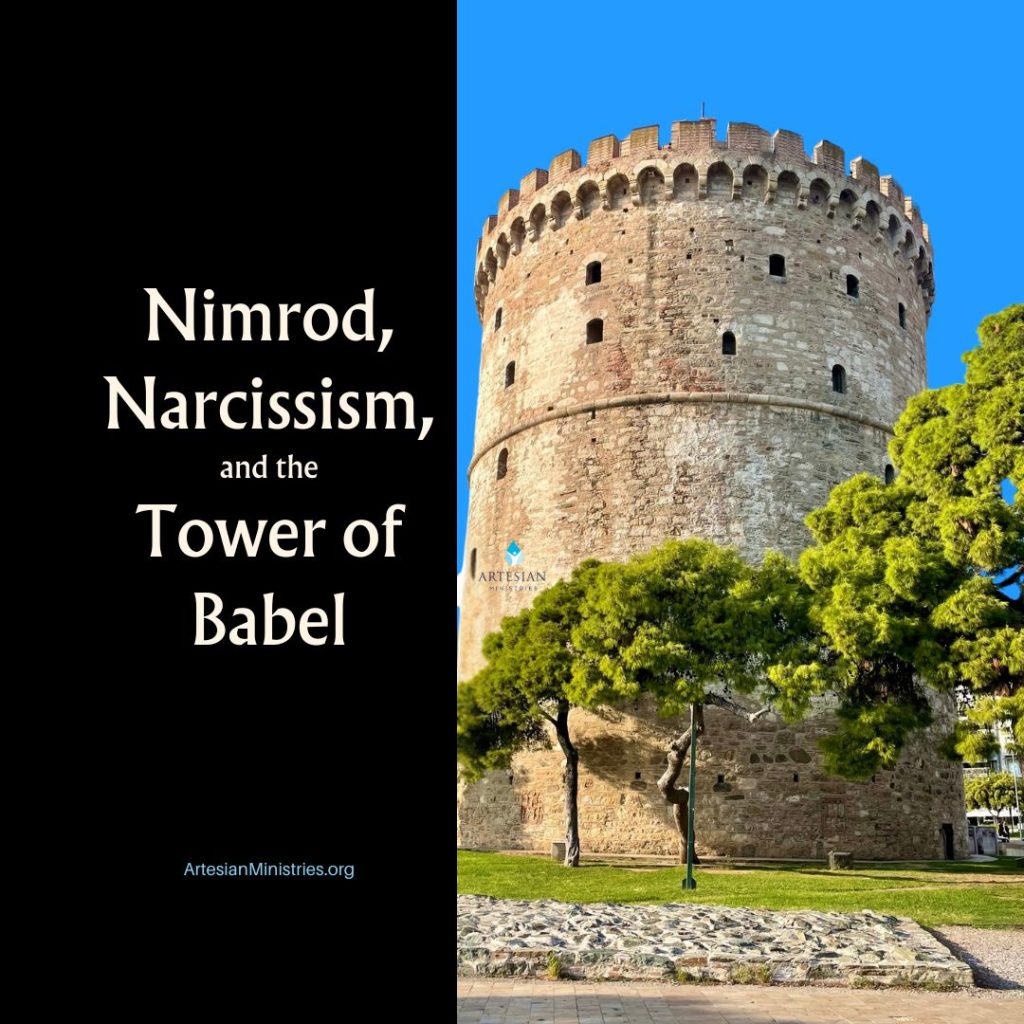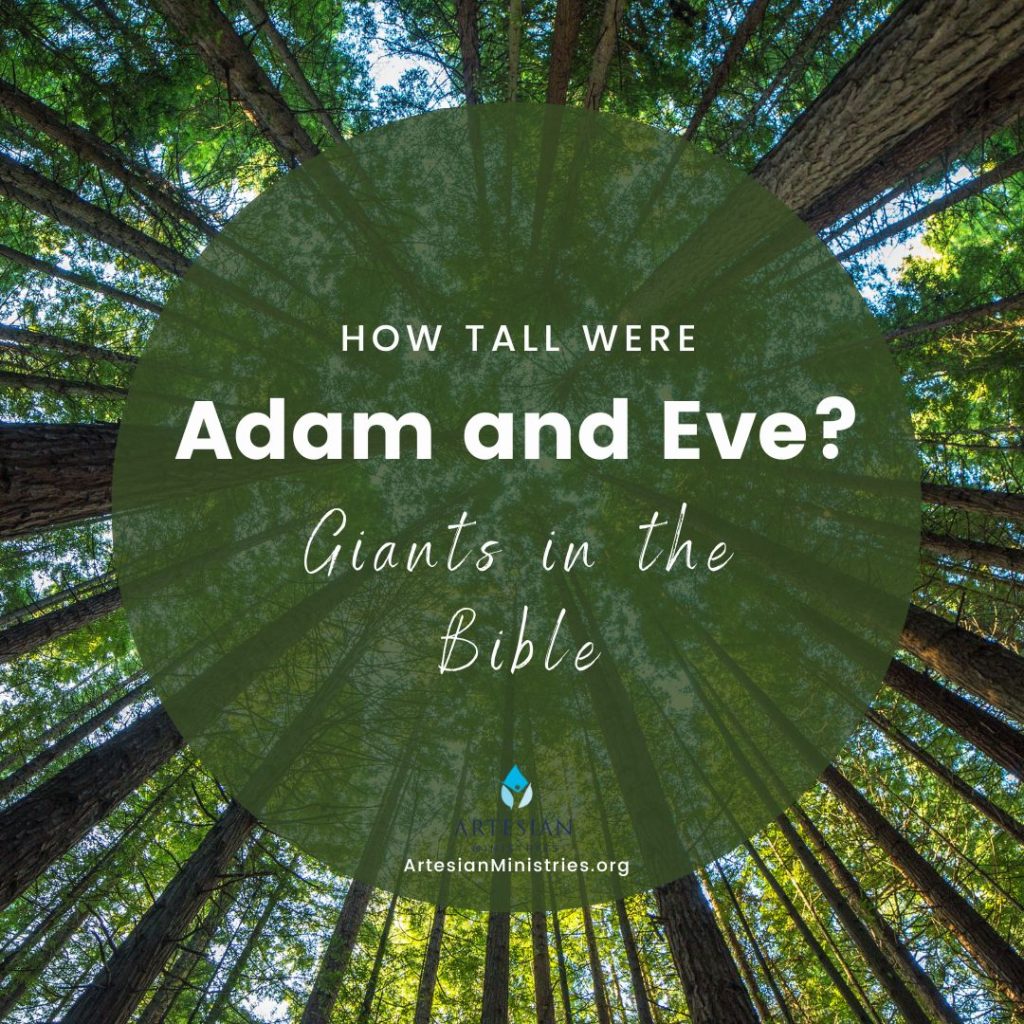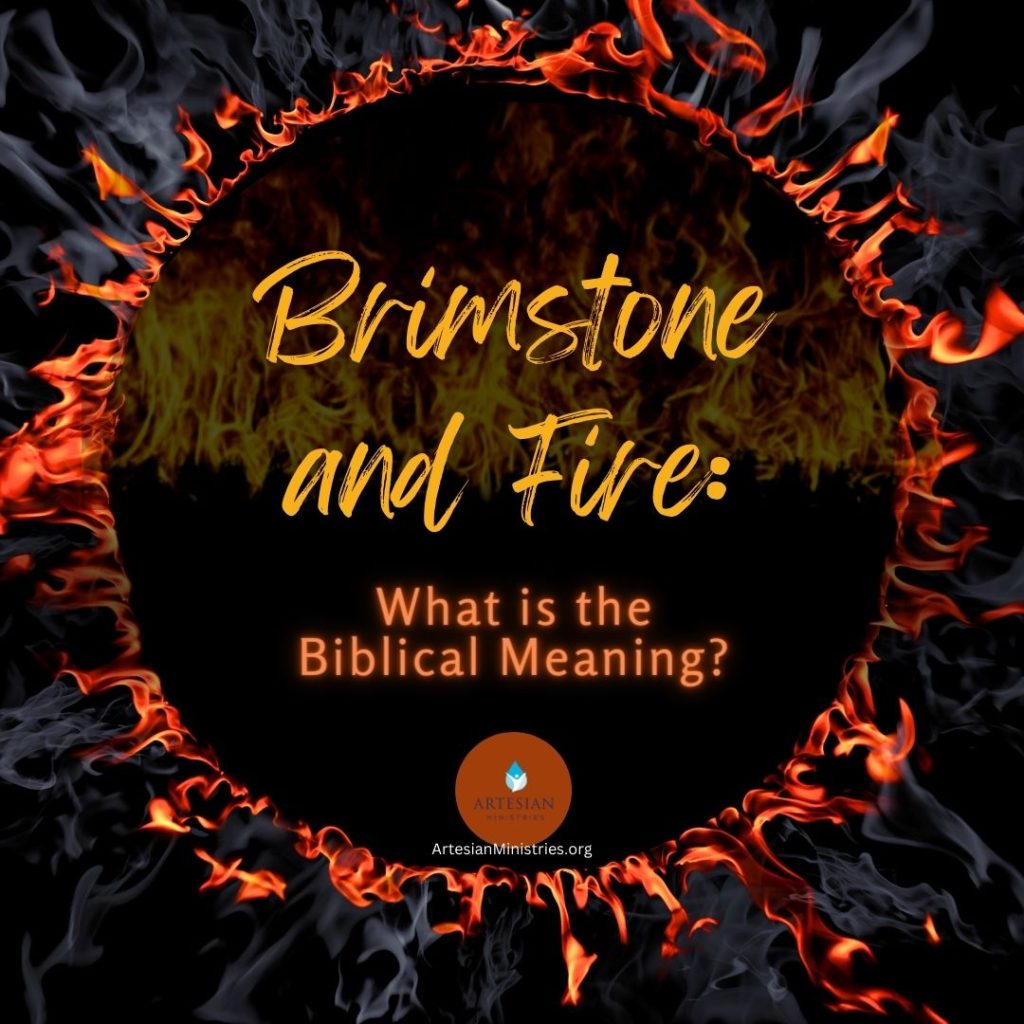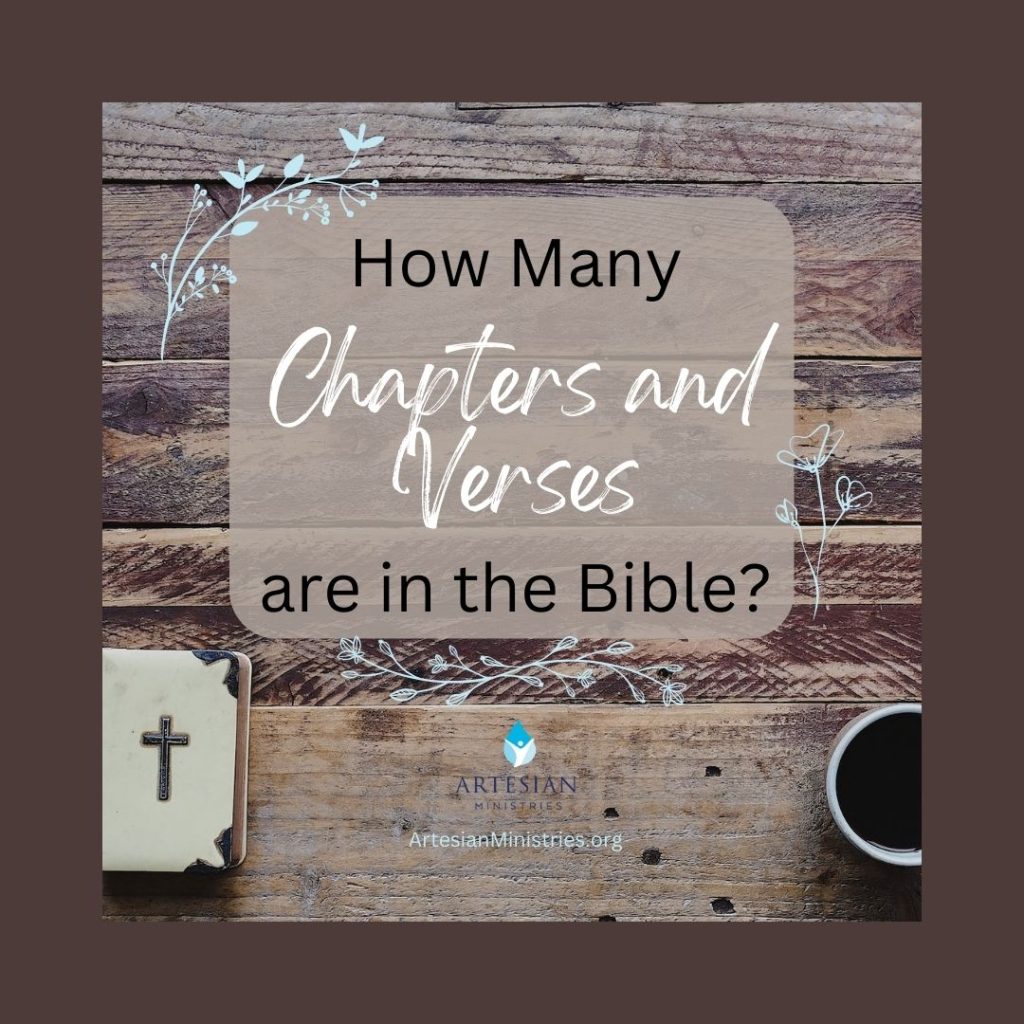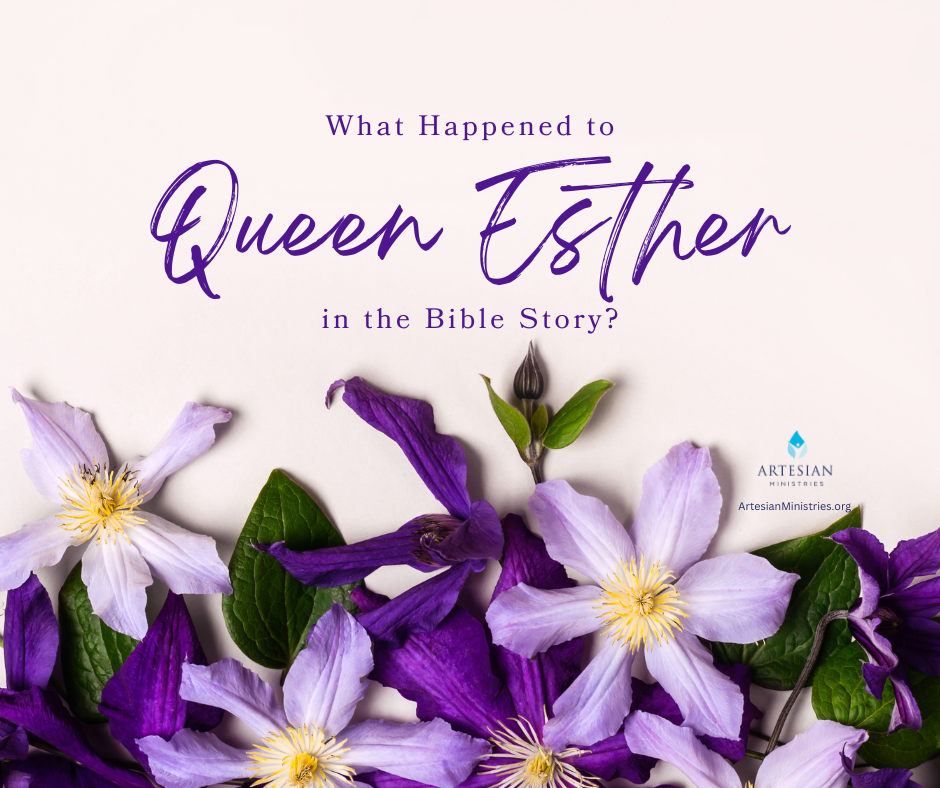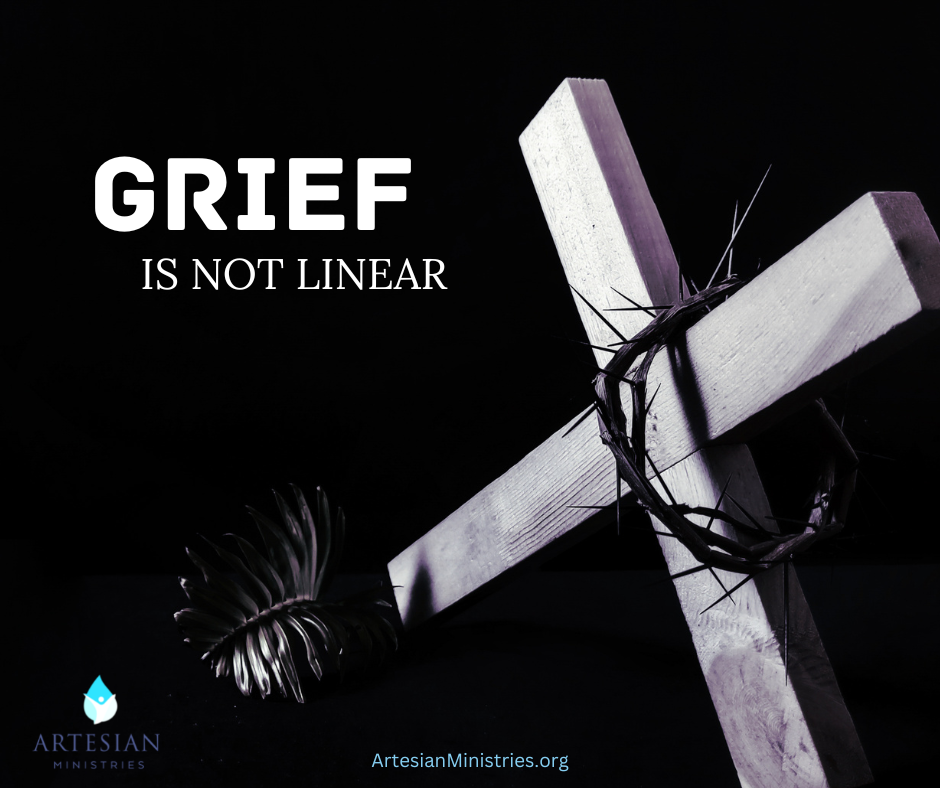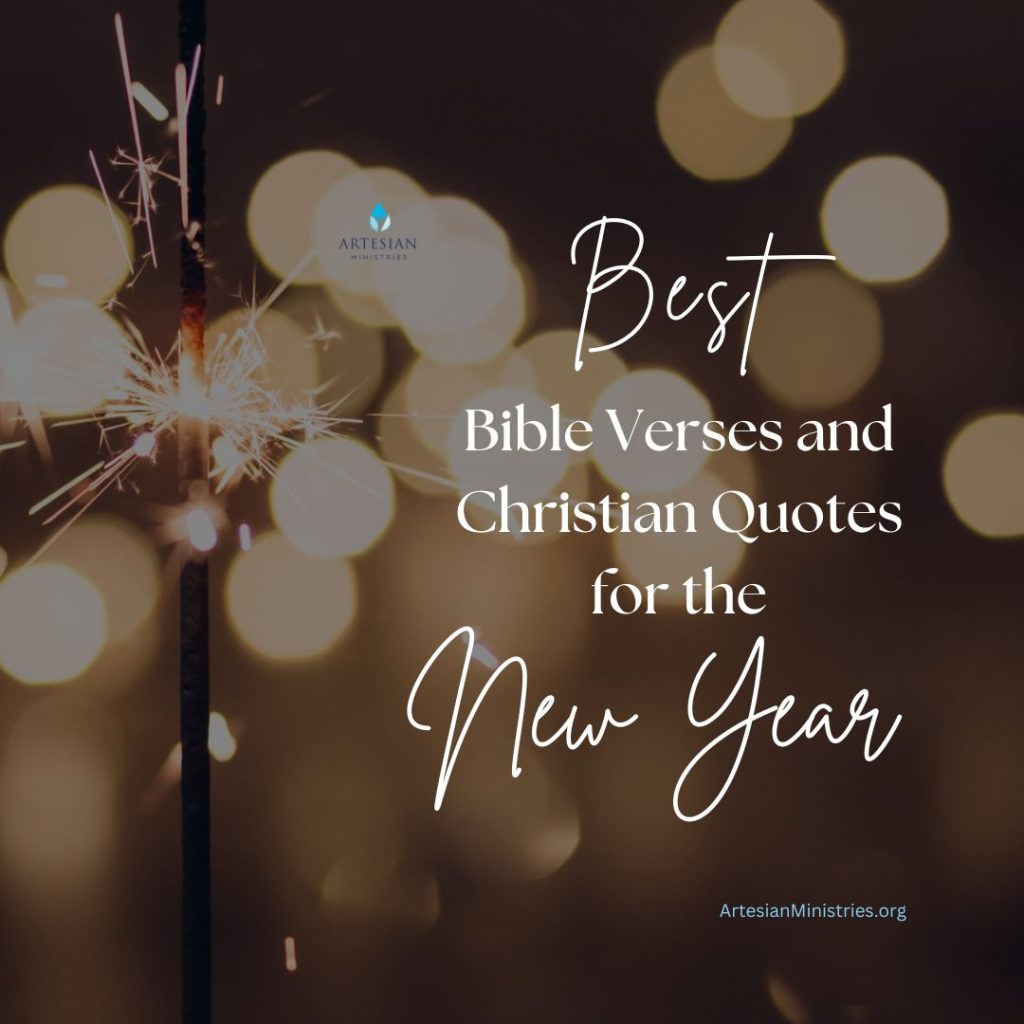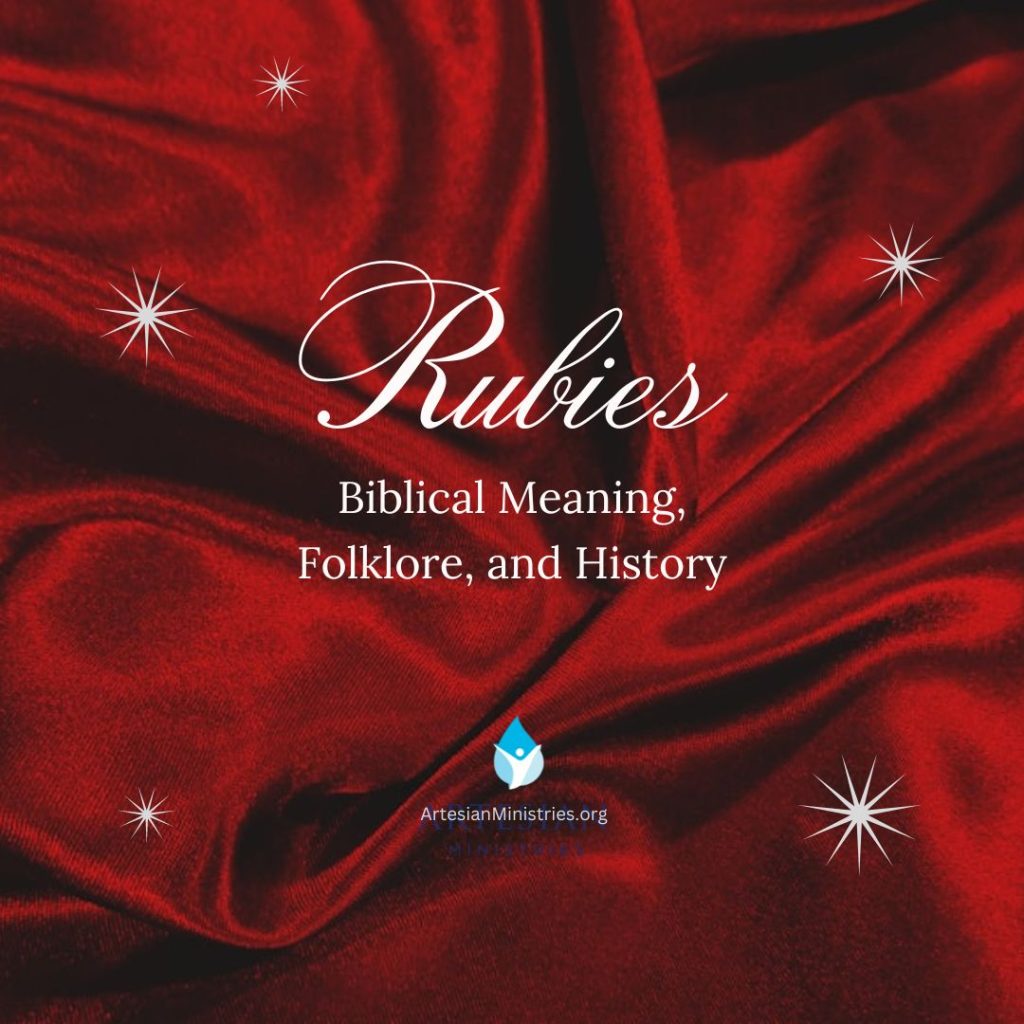The praying mantis is an intriguing creature that often captures our imagination. This is especially true when we try to understand its deeper meanings in cultural and spiritual contexts. But what is the spiritual symbolism and meaning of a praying mantis in the Bible?
In the Bible, symbolism can be rich and layered. The praying mantis are fascinating creatures that add an unexpected twist to this spiritual tapestry.
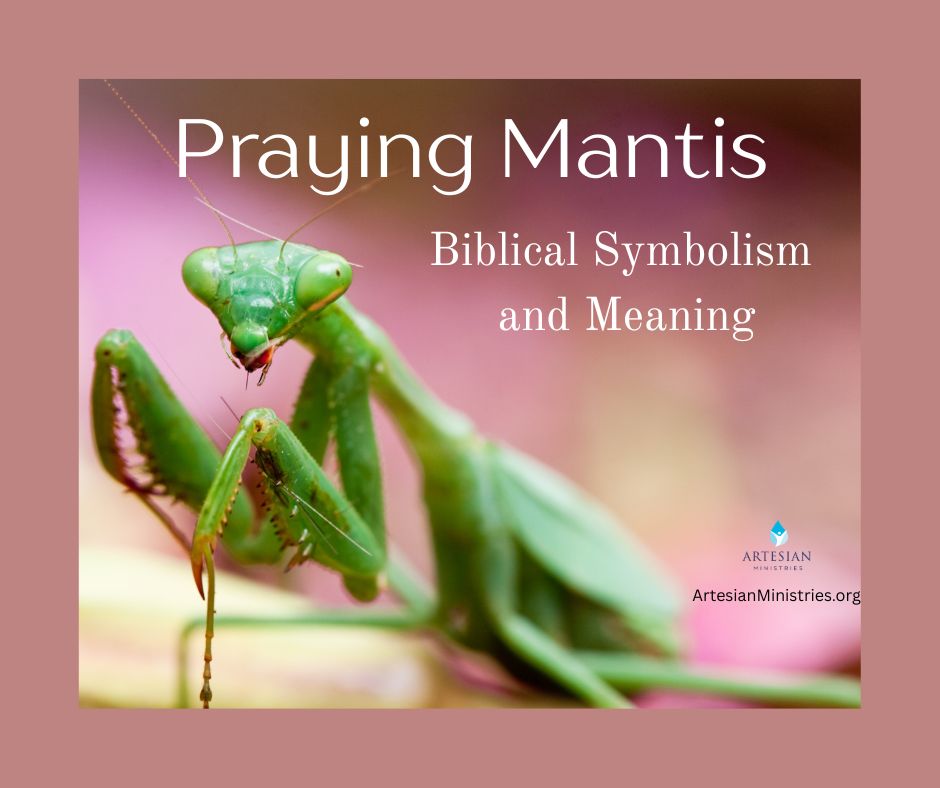
Table of Contents
Culture and Tradition of the Praying Mantis
Praying mantis symbolism varies across different cultures. African cultures, Asian cultures, and Native American traditions depict symbolic meanings of a praying mantis. They include a spiritual connection or message.
Eastern cultures see the female mantis as a symbol of good luck, good fortune, and a physical position to emulate in martial arts. Ancient Greece ascribed spiritual power to the praying hands and praying posture.
The common belief from ancient times through today is that praying mantis symbolize good things.
The appearance of a praying mantis varies. I have the green praying mantis around my South Texas home. But there are many different colors. Some have spotted a white praying mantis, while Native American tribes cite brown mantises in North America.
The presence of a praying mantis tends to be rare. You must be observant to spot one. Its unique appearance is distinctive with its large eyes, long legs, and triangular head.
Symbol of Patience and Stillness
The praying mantis embodies patience and stillness. The traits of these fascinating insects resonate with spiritual significance and biblical symbolism in various cultures.
It remains motionless, waiting calmly while observing everything that moves. Similarly, believers are encouraged to cultivate quietness and an observant spirit in their prayers and daily lives.
The Bible often highlights the value of waiting on God’s timing, making this spiritual meaning of a praying mantis a poignant reminder of this virtue. Peaceful stillness is not passive but an intentional calm that fosters trust and readiness.
This visual reminder to embrace moments of pause with the Lord is a powerful symbol of praying mantises.
Going Deeper
- Waiting with Purpose: The mantis stands almost statue-like while observing its surroundings, representing a thoughtful pause rather than idle inactivity. This teaches that patience involves purposeful attention, a skill valued in prayer and reflection. It encourages slowing down to notice the unseen, just as scripture often invites quiet waiting for divine guidance.
- Faith in Timing: Biblical passages often link waiting to trusting in God’s perfect timing. This makes the mantis’s stillness a metaphor for dependable faith. It reminds you that sometimes right action comes not from haste but from calm endurance. This concept aligns beautifully with verses encouraging believers to “be still and know” (Psalm 46:10).
- Mindful Presence: The mantis’s calm posture draws attention to the power of being fully present, a spiritual discipline often emphasized in the Bible. Its presence demands you bring your whole self to the moment, enhancing awareness and focus. This mindfulness in prayer and life nurtures a deeper relationship with God.
- Patience as Strength: Although still, the mantis exudes quiet strength, showing that patience is an active virtue, not weakness. This parallels biblical stories where heroes demonstrate courage through patient endurance. It inspires you to find power in calm steadiness amid challenges.
By embodying patience and stillness, the praying mantis offers more than an insect’s calm. It conveys a spiritual message toward trusting, waiting, and observing life with intention. This quality invites you to find peaceful strength in Christ during moments of seeming inactivity.
Example of Biblical Patience Illustrated by the Praying Mantis
The story of Job in the Word of God exemplifies extraordinary patience and calm endurance despite immense suffering.
Much like the mantis that waits through harsh seasons for the right moment to act, Job’s steadfast faith amid trials demonstrates trust in divine timing.
His composure and faithfulness to God even in suffering offer an earthly reflection of the praying mantis’s serene posture. It reminds believers that true patience is active faith in God’s plan, even when immediate answers seem distant.
Related: Ladybugs in the Bible – Spiritual Interpretation

Representation of Mindful Prayer
The praying mantis is named for its posture that resembles hands joined in prayer. It is a natural symbol for mindful, intentional prayer. This posture reminds believers of the importance of focus and devotion when communicating with God.
Prayer is more than words. It means being fully engaged in presence and intention. Using the mantis as a symbol encourages you to bring this deep mindfulness to your moments of prayer, turning a routine into a meaningful encounter.
If prayer sometimes feels like a checklist, observing a praying mantis reminds you to rediscover its heartfelt depth.
Going Deeper
- Physical Gesture as Symbol: The mantis’s folded “praying” front legs visually echo human prayer, making it a compelling reminder of reverence. This posture of prayer points to devotion and surrender, key components in biblical prayer. Its image helps translate an abstract spiritual concept into something tangible and immediate.
- Focused Attention: Mindful prayer requires undivided attention, much like how the mantis appears wholly absorbed in the moment. This attentiveness invites spiritual clarity and openness, enhancing the effectiveness of communication with God. It encourages shedding distractions to embrace sincerity in prayer.
- Stillness and Reflection: By holding a poised stance, the mantis epitomizes the quiet reflection prayer calls for. It suggests that silence can be as powerful as spoken words in deepening your connection with the divine. Reflective prayer nurtures understanding and peace.
- Discipline in Devotion: The mantis’s steady posture symbolizes the discipline necessary to maintain regular prayer habits, even amid life’s chaos. It reassures you that this consistency fosters spiritual growth and resilience. This reminds you to gently return your focus each time the mind wanders.
- Unity of Mind and Spirit: The praying mantis encourages harmony between mental focus and spiritual receptivity, a balance critical for meaningful prayer. It shows that prayer involves both intent and openness, blending active seeking with quiet listening. This unity nurtures a richer dialogue with God throughout our spiritual life.
This symbol encourages you to approach prayer as a dedicated, mindful practice. Prayers are not just words recited but moments fully lived.
The praying mantis reflects reverence through stillness, reminding us that the heart’s posture matters most. Deepening your prayer life with this mindful focus can transform how you dwell in the presence of God.
Example of Mindful Prayer in Biblical Tradition
Jesus’s solitude in the Garden of Gethsemane is a powerful example of mindful prayer. Facing an immense burden, He withdrew to pray, fully immersing Himself in heartfelt communion with the Father.
His folded hands and focused spirit echo the praying mantis’s serene stance, illustrating the deep intention behind prayer. This scene invites believers to cherish prayer as a precious, intentional act of openness and surrender with our Heavenly Father.
Related: 15 Top Prayer Card Ideas with Verses and Prayers
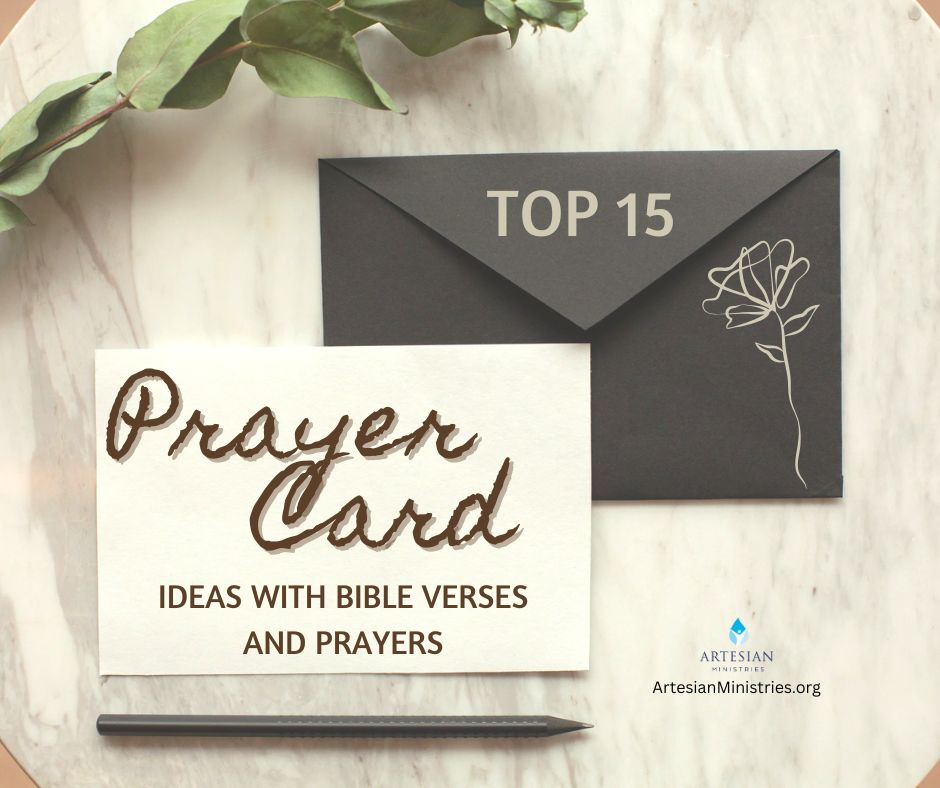
Emblem of Spiritual Awareness
Beyond its prayer-like posture, the praying mantis symbolizes heightened spiritual awareness. It reminds believers to stay alert to the holy movements of God around us.
In biblical times, signs and symbols often carried deep meaning, guiding faithful followers through life’s journey. The mantis’s large, attentive eyes and deliberate movements suggest keen perception beyond the surface world.
This encourages cultivating inner discernment to recognize spiritual truths in everyday moments. If you’ve ever missed subtle guidance, think of the mantis as a gentle nudge to stay watchful and receptive.
Going Deeper
- Acute Sensory Alertness: The mantis’s prominent eyes symbolize focused spiritual vision, urging you to look beyond obvious appearances. This heightened awareness helps in interpreting God’s messages found in daily life and scripture. It inspires developing insight that goes beneath surface impressions.
- Discernment of Truth: In the Bible, discernment is vital to distinguish between genuine wisdom and distraction; the mantis exemplifies this skill in its cautious movements. Its emblem reminds you to prayerfully evaluate circumstances and choices. This discernment protects your spiritual journey from confusion or falsehood.
- Awareness of Presence: The mantis’s poised stillness reflects a deep awareness not just of the physical, but of the surrounding spiritual environment. This aligns with biblical calls to be “watchful and sober,” ready for God’s work at any moment. It encourages cultivating a lifestyle tuned to spiritual awareness.
- Attunement to Divine Timing: Just as the mantis waits for the perfect moment to strike, spiritual awareness includes sensing when to act or hold back in life’s unfolding. Such awareness teaches patience combined with attentiveness to God’s leading. It helps you avoid rash decisions and wait on God’s perfect timing.
- Connection with Creation: The mantis’s observant nature reminds you that all creation speaks God’s truth in various ways. This connection nurtures a respectful listening to nature and its lessons, enriching faith. By noticing these signs, you deepen your spiritual sensitivity and understanding.
Observing the praying mantis as a reminder of spiritual awareness invites you to cultivate inner eyes that perceive deeper truths. This heightened attentiveness is a gift from God that strengthens faith and decision-making.
Fostering this awareness encourages living more fully aligned with God’s presence in everyday life.
Example of Biblical Spiritual Awareness: The Foolish vs. Wise Virgins
In Matthew 25:1-13, Jesus tells the parable of the ten virgins. It reveals that spiritual awareness distinguishes those prepared for the bridegroom’s arrival from those caught unready.
The wise virgins stay alert and ready, analogous to the mantis’s watchful stance. They exemplify the spiritual awareness necessary for readiness, patience, and recognition of God’s divine timing.
This story powerfully underscores the value of vigilance and discernment in faith.
Related: What Does the Bible Say About Drugs and Addiction?
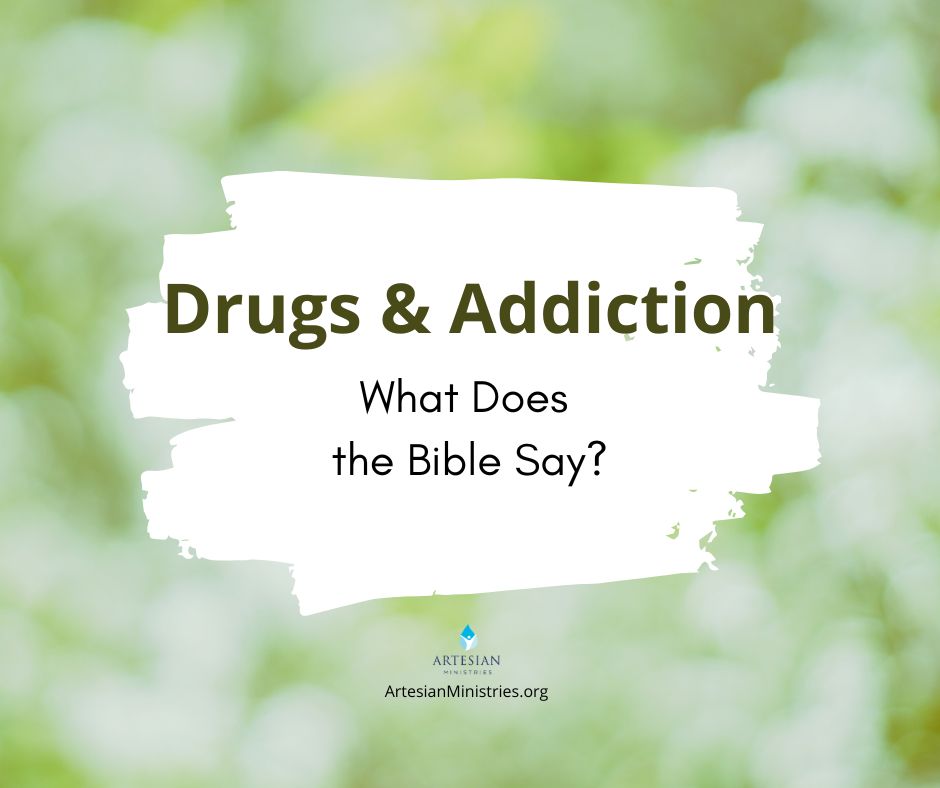
Connection to Divine Protection
In several cultures, the praying mantis is considered a symbol of protection, mirroring biblical assurances of God’s safeguarding presence.
The insect’s deliberate stillness wards off harm by blending into its environment and avoiding unnecessary conflict. Spiritually, this encourages believers to trust God as our ultimate Protector who watches over us in powerful strength.
Knowing we wear God’s holy armor (Ephesians 6:10-20) can provide comfort when you feel vulnerable or overwhelmed. Seeing these protective traits in the mantis inspires a calm confidence grounded in the One who provides our ultimate protection.
Going Deeper
- Camouflage as Safety: The mantis’s ability to blend in with leaves or branches demonstrates a protective strategy rather than aggressive mastery. It reminds you to trust holy safeguards God places around you.
- Stillness to Avoid Danger: Rather than confronting threats head-on, the mantis chooses stillness to evade harm. This parallels biblical wisdom in choosing peace over conflict. It suggests that protection sometimes means restraint and patience.
- Guardian of the Small: The female praying mantis preys on smaller insects, metaphorically guarding its territory. This serves as a reminder that God protects the faithful from spiritual harm. It highlights God’s protective care over us even in everyday struggles and difficult times.
- Quiet Courage: The mantis projects a quiet bravery in facing its environment deliberately. This courage aligns with biblical calls to “be strong and courageous” without aggression but rooted in trust. It offers you reassurance that God’s protection empowers quiet strength.
- Sheltered Vulnerability: The mantis reflects that vulnerability does not equal weakness but invites protective care. This symbolizes God’s embrace of human frailty within His fortress of love. It encourages you to rely on divine protection while acknowledging human limitations.
South Africa and some Native American cultures view the praying mantis as a symbol of divine protection that can soothe fears and foster resilient peace.
Knowing that God is our Divine Protector nurtures our confidence in God’s continued watchfulness.
Example of Divine Protection in Psalms
Psalm 91 powerfully expresses God’s protective promise: “He who dwells in the shelter of the Most High will abide in the shadow of the Almighty” (Psalm 91:1). The imagery evokes a safe refuge, much like a mantis retreating under foliage.
This passage assures believers of God’s divine safety amid uncertainty, emphasizing peace given through faith. Just as the praying mantis blends into protective surroundings, Psalm 91 invites you to rest securely within God’s care.
Related: Powerful Prayer for God’s Protection from Psalm 91

Sign of Transformation and Renewal
The praying mantis, like many insects, undergoes metamorphosis—a vivid symbol of transformation and renewal echoed throughout the Bible.
This process reflects the spiritual journey of shedding old habits, embracing growth, and emerging renewed by Christ. The mantis’s change reminds you that transformation may require patience and sometimes discomfort, but leads to an enriched life in Christ.
In biblical terms, this mirrors the call to “put on the new self” (Ephesians 4:24) and walk in holiness by the grace of God. Being reminded of this connection can help you see personal change as a sacred, hopeful process carried out by our Lord.
Going Deeper
- Metamorphosis as Renewal: The mantis sheds its old exoskeleton to grow, symbolizing spiritual rebirth and leaving behind former selves. This act closely corresponds to biblical themes of transformation through Christ. It invites you to embrace growth as a continual process of sanctification.
- Patience Through Change: Like the mantis waiting for new skin to harden, spiritual transformation requires time and patience. The Bible often shows that renewal comes gradually and with perseverance given by God. This metaphor gently reminds you to be kind to yourself during periods of change.
- Divine Work in Renewal: The beauty of the mantis’s transformation points to God’s hand in renewing creation and believers alike. It highlights the divine blessing of change, which nurtures gratitude to God.
Seeing the praying mantis as a symbol of transformation gently encourages embracing change as a vital spiritual gift. It shows that renewal happens by God’s grace, even when the process feels slow or demanding.
This perspective can bring hope and patience during your personal journey toward spiritual growth.
Example of Biblical Transformation: Saul to Paul
Saul’s dramatic conversion on the road to Damascus illustrates a profound transformation, shifting from persecutor to apostle Paul (Acts 9:1-19).
Saul’s life was completely transformed by the Lord in purpose and identity. His renewed mission to spread the Gospel embodies the calling of every believer to share the Good News of Jesus Christ.
This powerful story mirrors the mantis’s symbolism of emerging fully transformed and aligned with divine calling.
Related: What is the Biblical Meaning of Restore and Renew?
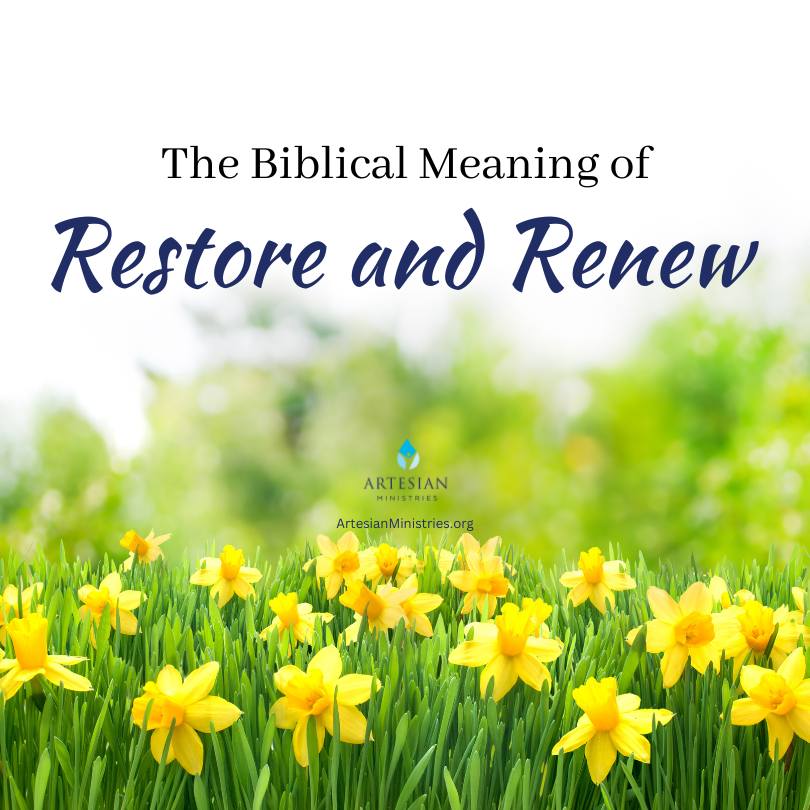
Bottom Line
The praying mantis symbolizes stillness and attentive prayer reflected in Scripture. Its posture is often seen as a metaphor for humility and spiritual focus.
Biblical symbolism of the mantis encourages patience and divine waiting. So the next time you see a praying mantis, pause to admire this beautiful creature God created.
Related Posts:
- Best Bible Reading Plans
- Warriors in the Bible: 13 Essential Life Lessons to Learn
- 50 Motivational Bible Verses About Aging Gracefully
About the Author
Donna is a sought-after speaker, multi-published author, and Bible teacher. Her path from unchurched to becoming passionate about sharing Jesus was difficult. Read about her God-breathed journey: “From Unchurched to Becoming a Multi-Published Author and Sought-After Speaker.” If you want to send Donna a quick message, visit her here.

{Some of these links are affiliate links. If you purchase through that link, the ministry may receive a small commission at no extra cost to you.}

